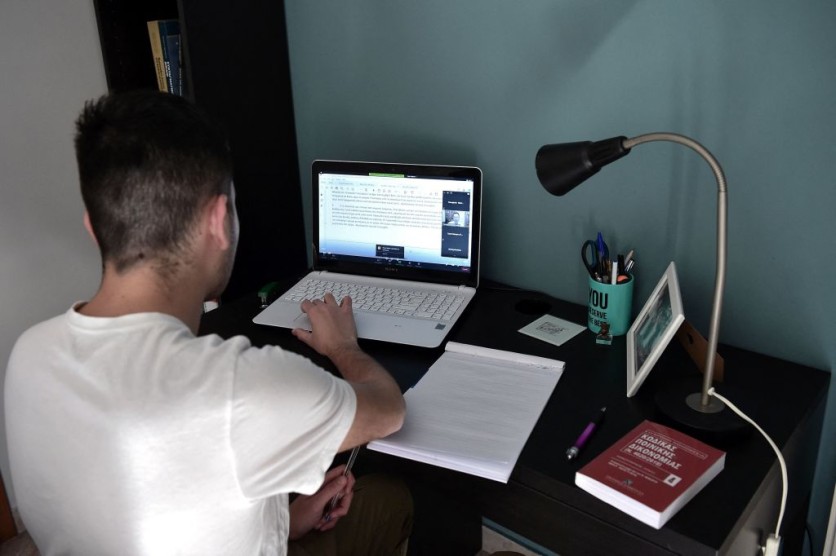As virtual interactions through video conferencing and online education become increasingly prevalent since the COVID-19 pandemic, a recent study by researchers at the University of Applied Sciences Upper Austria and Graz University of Technology has explored the physiological impact of these virtual engagements, shedding light on what is commonly referred to as "Zoom fatigue."

Videoconference Fatigue
In the aftermath of the COVID-19 pandemic, the surge in virtual interactions has given rise to a new challenge: the exhaustion stemming from video calls, commonly known as Zoom fatigue or videoconference fatigue.
While this phenomenon had previously been explored mainly through user surveys and self-assessments, an interdisciplinary research team, led by René Riedl from the University of Applied Sciences Upper Austria/Campus Steyr and Gernot Müller-Putz from Graz University of Technology, has now provided neurophysiological evidence of the effects of videoconference fatigue.
The team, as part of the "Technostress in Organizations" project funded by the Austrian Science Fund FWF, conducted a neuroscientific study involving students to investigate videoconference fatigue within the context of online university lectures.
Participants experienced lectures both in person, within a traditional lecture hall, and online through video conferencing. The researchers then compared the two experimental conditions.
Measurements were taken using electroencephalography (EEG) and electrocardiography (ECG) to capture neurophysiological parameters, alongside subjective perceptions gathered through questionnaires.
More Stressful than Face-to-Face?
The team's findings revealed that a 50-minute video conference-based lecture induced significantly more fatigue than an equivalent lecture conducted in a traditional face-to-face format.
The study contributes to the understanding of the physiological aspects of videoconference fatigue. René Riedl emphasizes the significance of this understanding, noting its potential impact on individuals' well-being, interpersonal relationships, and organizational communication.
"A better understanding of videoconference fatigue is important, as this phenomenon has a far-reaching impact on the well-being of individuals, interpersonal relationships and organizational communication," Riedl said in a statement.
Meanwhile, Gernot Müller-Putz underscores the necessity of a holistic approach to comprehending the psychological and physiological mechanisms underlying videoconference fatigue. Such insights are crucial for developing coping strategies to mitigate the potential adverse effects of this form of fatigue.
The study's findings were published in Scientific Reports.
Related Article : Zoom Fatigue: Zoom CEO Experiences Virtual Sickness -- JP Morgan and Other Companies Likely to Return to Office in the Next Months

ⓒ 2025 TECHTIMES.com All rights reserved. Do not reproduce without permission.




